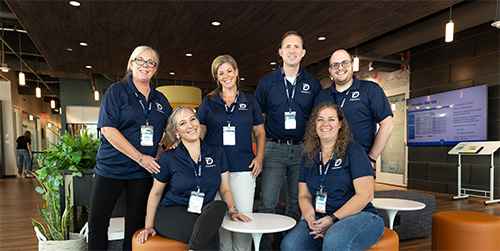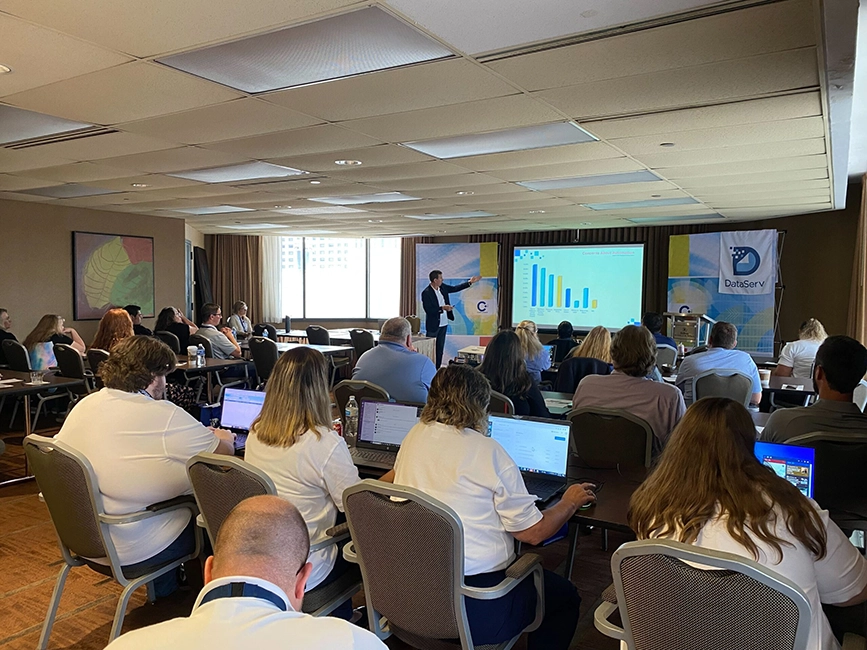One of the trends highlighted during the last two IOFM conferences is the demand for Intelligent Invoice Capture. And for good reason since the invoice is the pivotal document in the entire AP process. Having that data digitized, standardized, and readily available to every person affected by the invoices you receive is essential to a high-functioning Accounts Payable department.
RELATED CONTENT
Other articles you might find helpful:
I’ve spent most of the 20 plus years of my career in the Enterprise Content Management (ECM) industry. During that time, I have been involved in a large number of projects that involved purchasing a scanner or, sometimes, a fleet of scanners. And every one of those purchase decisions caused a large culture change for the organization. As with any new equipment and process, people had to be trained on how to use the scanner, how to deal with all the documents being put through the scanner, and how to classify the scanned information so that it could be quickly located in the future.
Of course, when the documents involved are financial records, the training is not just how should they be handled, but how they must be handled to be in compliance. There is not only the issue (and cost) of scanning paper documents but also the requirements for security and archiving the physical documents and the scanned data.
I have seen organizations succeed with this, but it is challenging and expensive. Typically, it requires creating an entirely new department within the organization dedicated to the digitization of paper, often referred to as the “Imaging Department.” This team is then charged with learning how to use and maintain the scanner hardware and software, how to prepare paper documents so that they are free of staples, paper clips, torn pages, etc., how to process simplex versus duplex, patch codes, bar codes, batches, and most important of all, how to tag the documents with meta data so they can be found again.
This team must also be trained to understand the data on each document so they know what meta data should be applied. This may mean learning to recognize hundreds of document types. Then they’ll need to learn the process for storing and archiving the data and the documents.
We are obviously talking about a huge Change Management process for this to be successful, but most P2P SaaS solutions will tell you that is what you need to do to implement their system.
Of course, digitizing the document is less than half of the value of this accounts payable automation. The higher value ‘intelligent’ part comes from extracting and interpreting the data that exists on those documents. Unless your front-end scanning team/system captures and cleanses this data, it still has to be manually entered or imported into your software. So, if you do not plan to maintain your entire data entry team that is trained on how to enter all the values from the scanned documents into the appropriate fields in your P2P software, you’ll need to add Optical Character Recognition (OCR) into the mix.
OCR is often cited as the promised land of data capture. I have also seen many organizations attempt to implement OCR. Adding OCR to a project drastically decreases the success rate and many of these projects are abandoned before they ever launch. While OCR technology can be very accurate and produce results that will increase the efficiency of your Imaging Department, the process of getting there is arduous.
OCR comes with a whole new set of concepts and skills to learn. These skills require a much higher level of knowledge than what is needed to do traditional scanning and indexing and there are far more variables to account for. As with the scanning hardware and software, OCR technology will also come with requirements for updates, support, maintenance, and training.
So, AP teams have a choice … to either perform the digitization and data capture in house or seek outside help. I usually make a case that having someone else do it saves the expense of time, money, and frustration that goes into scanning and OCR onto an external “Imaging Department.”
By not doing it yourself, one avoids downtime that would be required to set up the technology and processes and train people on how to use them. Change Management for a project of this complexity comes at no small cost. Most of the companies I’ve worked with grossly underestimate the drain this places on everyone from their IT Department to the end users who have to make the system work every day.
The second advantage is the level of consistency you can expect from day one. The workforce responsible for digitization and data capture is trained to do that and nothing else. There may be some bumps while they master your specific requirements, but it will be nothing like the quandaries that can arise when you first start doing this in house.
Finally, there is the long, long list of ongoing costs you’ll be avoiding by not buying the technology required. The yearly licensing fees, the maintenance contracts, the support contracts, the training for new team members, the archival of data and paper documents, and so on. Not to mention the pain and expense if any of the technologies you’re using become “extinct” and are no longer supported.
So, if Intelligent Invoice Capture is important to you, there is certainly a case for leveraging already existing experts for this process.
Since arriving at DataServ, I’ve also come to realize the advantages of having this process performed and managed by the same partner you work with for your software solution. Our Invoice Processing Machine team takes every form of invoice imaginable, scans it, performs the OCR, puts the data through a rigorous QA process resulting in 99 percent accuracy of data, and with our AutoVouch™ three or even four-way matching cross references the invoice to all related documents. The system will route exception notifications to the appropriate party, add reminders for due dates and early pay discount deadlines, and make the data instantly available in the dashboard to any person who needs to be able to access it.
Our Invoice Processing Machine is just one of the reasons I’m excited to be part of the Client Success team here. It allows us to solve a lot of pain points for our clients. We can even help companies who are using a solution with a Supplier Network by processing their “leftovers,” which are those non-compliant invoices from vendors who have chosen not to be part of the network.
For me, job satisfaction is all about the level of success we deliver every day. If you are struggling with the technology required for scanning and OCR, that is certainly not the highest level of success that you can achieve. I’m happy to be of service!





























